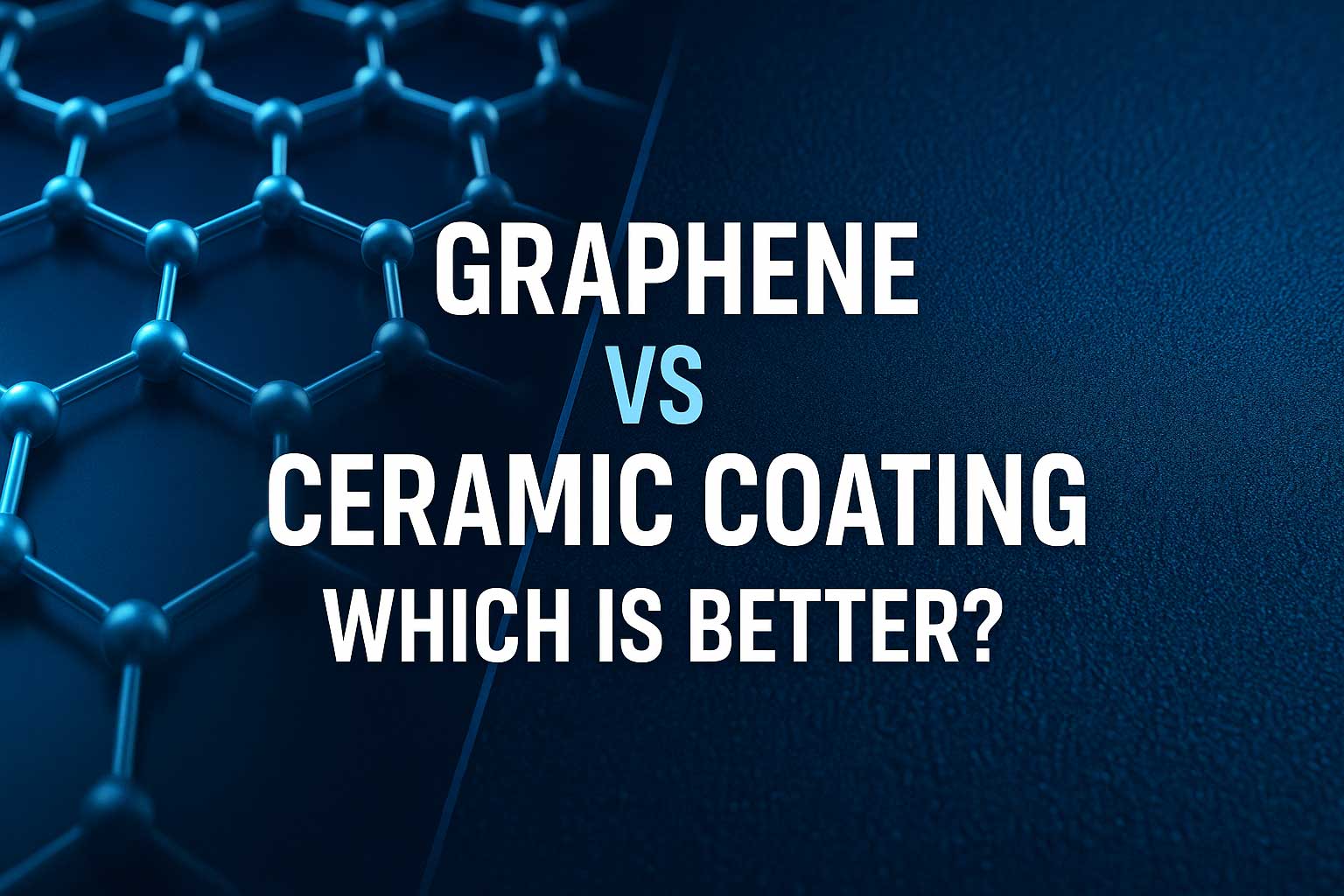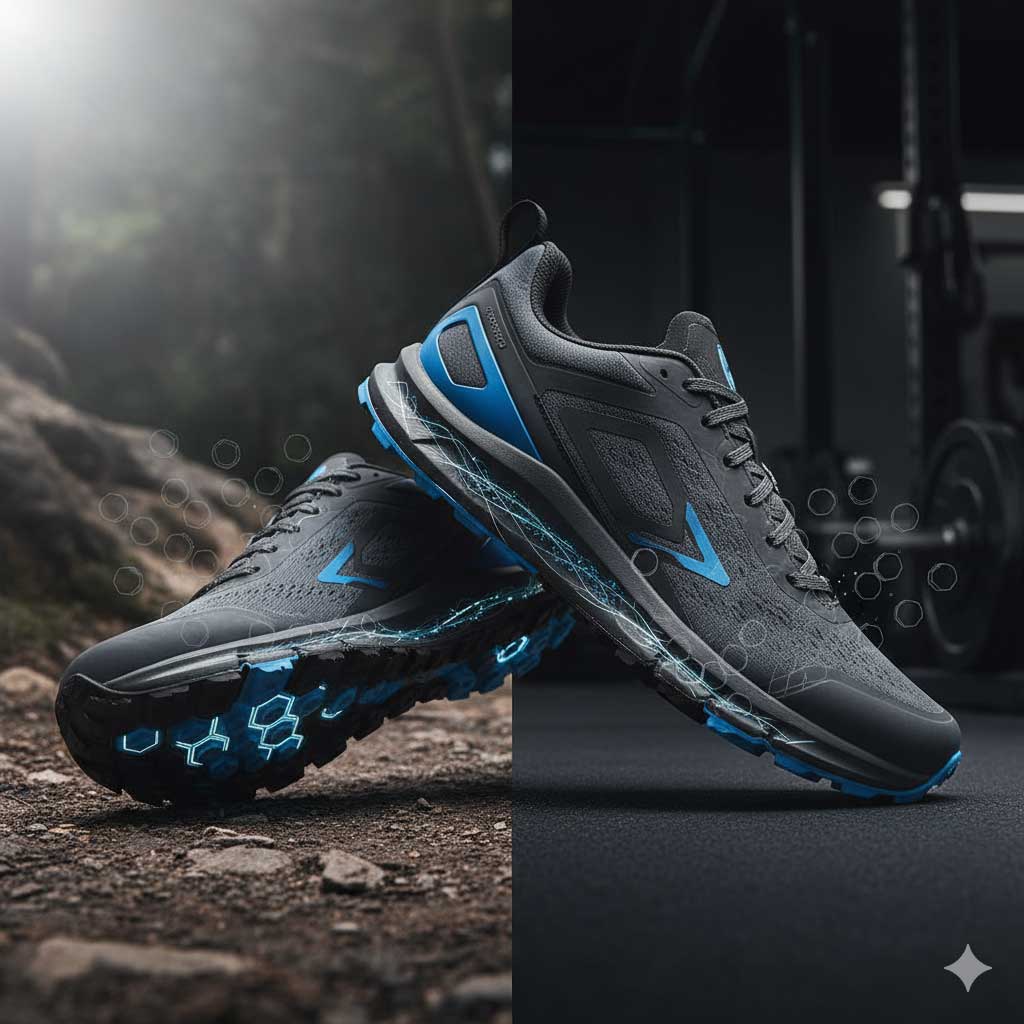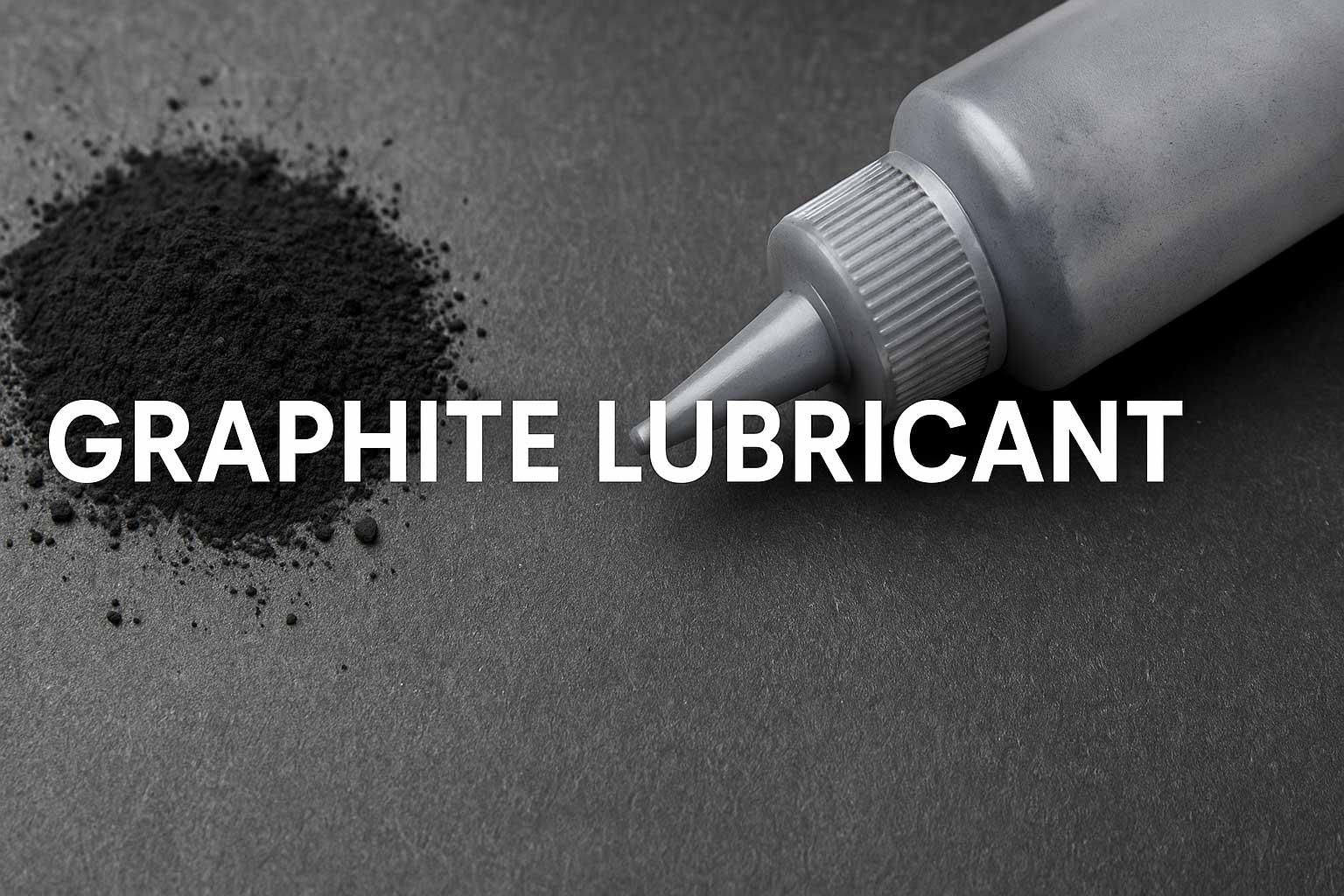Graphene vs Ceramic Coating: Which Is Better for Cars?
Last updated: November 07, 2025 • 8–10 min read • Not financial advice
As car enthusiasts seek the best protection for their vehicles, two popular options have emerged: graphene and ceramic coatings. Understanding the differences in durability, application, and overall performance can help you make an informed choice.
Understanding Graphene Coatings
Graphene coatings are known for their exceptional strength and flexibility, being approximately 200 times stronger than steel. This remarkable material provides a protective layer that not only shields against scratches but also enhances the vehicle’s shine.
Exploring Ceramic Coatings
Ceramic coatings, on the other hand, are made from silicon dioxide and offer excellent chemical resistance. These coatings can last up to five years when properly maintained and are known for their hydrophobic properties, which repel water and dirt.
Durability Comparison
While ceramic coatings provide a long-lasting protective barrier, graphene coatings are emerging as a stronger alternative. The durability of graphene can surpass that of ceramic, especially in extreme conditions, making it a formidable choice for car protection.
Application Process
The application of graphene coatings requires a meticulous process, often involving multiple layers to achieve optimal performance. Conversely, ceramic coatings, while also requiring precision, tend to be more straightforward in their application, making them a popular choice among DIY enthusiasts.
Cost Considerations
Graphene coatings can be more expensive, with market prices potentially reaching up to $1,500 for professional application. Ceramic coatings, while still an investment, generally range from $500 to $1,200, depending on the service provider and the vehicle type.
Performance in Real-World Conditions
In real-world scenarios, graphene coatings have shown superior performance in terms of scratch resistance and longevity, especially in harsh environments. However, ceramic coatings maintain their popularity due to their proven effectiveness and established market presence.
Conclusion
Choosing between graphene and ceramic coatings ultimately depends on your specific needs and budget. While graphene offers advanced protection and durability, ceramic coatings remain a reliable and cost-effective option for many car owners.




